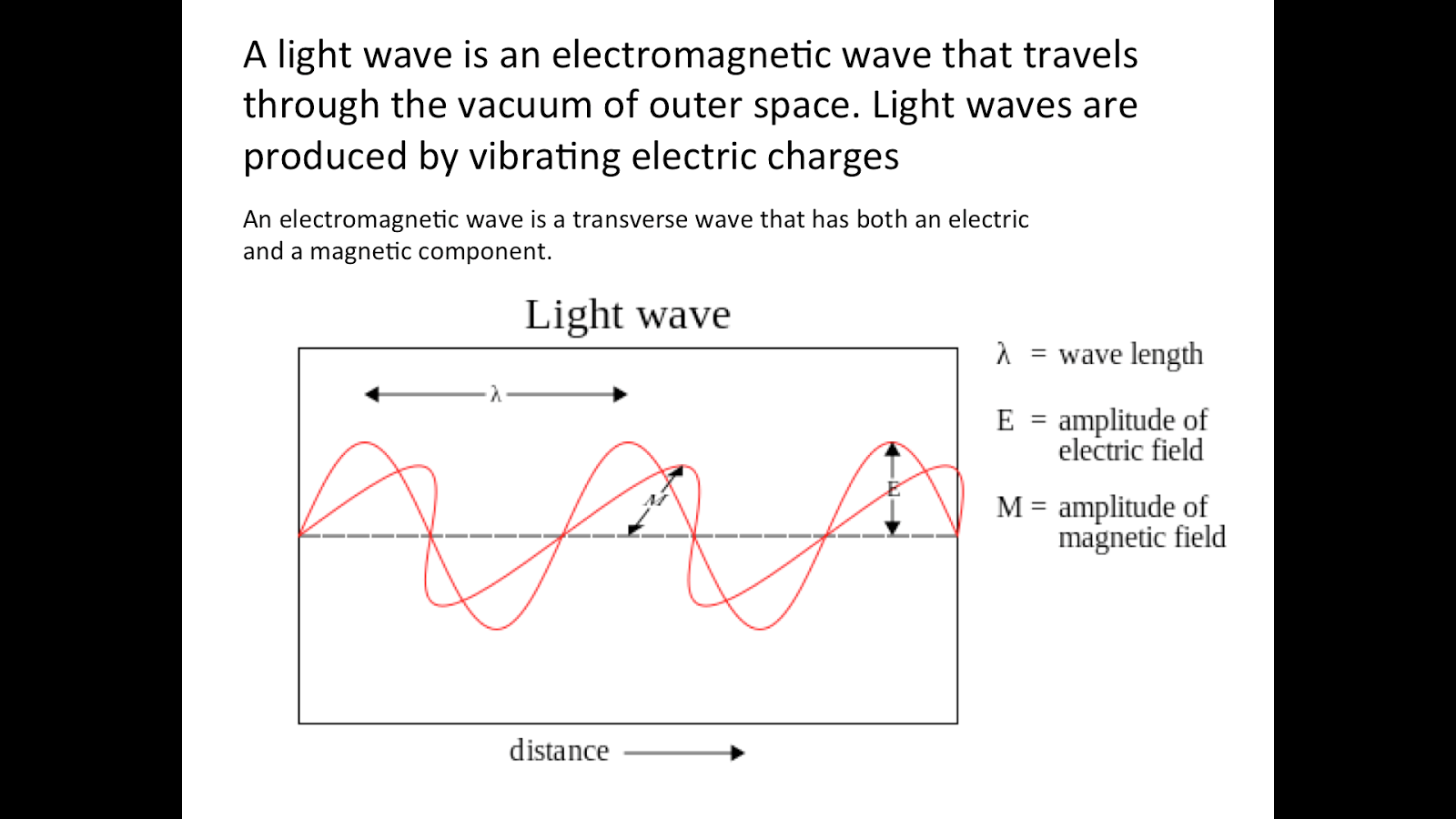We have to understand what makes the consumers buy. We will have to find out whether the right audience watches our sponsored programme. What is the effect of ad on sales? These are the questions which advertiser faces everyday. While deciding about such questions, advertisers need inputs of some research. Mostly they rely on Marketing research (MR) which is systematic collection, processing and interpretation of data regarding any problem of marketing ranging from product, distribution, price and promotion to customers, markets and forecasting. Marketing research includes advertising research and media research.
SCOPE OF MEDIA RESEARCH
Media research is used to find solutions to any problems of marketing. Media research for the purpose of advertising and other marketing decisions generally cover the following areas.
1. Advertising Research
2. Product Research
3. Consumer research
4. Sales Research
5. Corporate research
WHY RESEARCH?
Research makes advertising more efficient and effective.
DATA FOR RESEARCH
Research is based on data. These are basic facts, figures and ideas. When organized in a meaningful way, it becomes information. Data collected for the first time is called primary data. Whereas the secondary data are already available and published data collected for some other purpose. A research project requires both the types of data.
TYPES OF RESEARCH
Research is put into three broad categories. We must first know what we should investigate. We must define the problem correctly. That could lead to further research.
RESEARCH PROCEDURE
Research sequence is as given here.
1st Define the problem and set the research goal
2nd Identify source of data
3rd Analyze Secondary Data
4th Identify the Sample
5th Collect Data
6th Analyze the Data and Present the results.
PROBLEM DEFINITION AND RESEARCH GOALS
Some typical research goals are:
1. To measure awareness about our product in the target audience after 2 months campaign
2. To assess attitudes of consumers to rival products so as to know their brand’s vulnerable points
3. To assess which ad concept is more effective out of the two developed.
SOURCES OF INFORMATION
We can collect our data from our internal records, library, directories, literature etc.
Primary data can be collected by our own research department or by an outside research agency.
Analysis of secondary data
This step consists in analyzing the secondary data to throw light on the problem on hand.
Identification of sample:
The sample must be representative of the overall population. There are two categories of samples.
Probability sample provides a chance of being included to all members of the population. Simple random sample is an example. Here each member of population has an equal chance of being included in the sample. Another probability sample is a stratified sample in which a population is put into several strata e.g. doctors are put into GPs. Specialists, surgeon categories.
Non probability sample does not give a chance of being included to all members of the population. For many problems sample data need not be projected to the entire data population. The quality of the research depends upon the selection of the sample.
DATA COLLECTION
Data can be collected either by a quantitative or qualitative technique. Quantitative data put responses in numbers and statistics. They answer questions like how many, how much and how often. Qualitative research looks for in depth answers beyond the realm of quantitative research. It examines attitude, motivation and behaviour. Depth interviews are used to allow people to open up and reveal their attitudes and opinion.. Focus group is a group of respondents who is subjected to probing
questions. Projective techniques provide an opportunity to provide answers to vague questions by rationalizing.
DATA ANALYSIS AND RESULT PRESENTATION
Whatever data we collect from the sample is not in a usable form. These data must be processed. They must be then analyzed and interpreted. Several techniques are available for analysis of data. Tabulation is a useful technique at this stage.
RESEARCH APPLICATION
Advertisers use research to know the right thing to do, to know the right way to do it and to assess whether our ads were effective. Research can be used in each of the following three stages.
OPPORTUNITIES AND GOALS
Advertising research helps us understand where we stand currently. And what our marketing opportunities are, based on this, we can set our goals, Research covers in the scope consumer behaviour, segmentation, positioning, product research, brand awareness, attitudes, perceptions and psychographic profiles.
Such studies let us know our strengths, weakness and competitive advantages. While assessing opportunities and setting goals, we can make use of perceptual map which positions products on two dimensions or attributes.
PLANS AND MESSAGES
Market analysis and positioning research were the first applications of research for advertising. Once we set our advertising goals, we can design an advertising programme or campaign.
ADVERTISING EFFECTIVENESS
Once the ad campaign is run, we do post testing of the ads. When such studies are conducted over a period of time, they are called tracking studies. In post testing we test communication effectiveness by recall test.
RESEARCH QUALITY
Research quality is a result of systematic research design, expertise and judgment.
Research quality is tested against the criteria of reliability.
Reliability means that even if the research is repeated, it shows the same results.
Validity means research measures what it purports to measure.
What affects the reliability and validity of research?
There are five set of factors
faulty research design,
sampling errors,
faulty questionnaire,
and wrong interpretation of answers.
When research is commenced, the researcher must have an open mind. He otherwise, might try to interpret the research data the way he holds his beliefs.
CONSUMER RESEARCH
Even while doing product – led answers research, the focus should be on consumer. Our USP and positioning should be consumer- driven. It is also necessary to redefine the research function to make customer segmentation effective.
INDIAN MARKET RESEARCH SCENE
In 1960 an audit research was set up in India. In 1983, a custom researcher MARG was set up in India. ORG and MARG merged together in 1997 to gain leadership of the Indian market research industry. In 2000, the Netherlands –based VNU takes over ORG-MARG. In 2001, VNU takes over audit major AC Neilson World wide. CAN-ORG-MARG is India’s sole supplier of retail audit data.





























.jpg)
.jpg)
.jpg)























